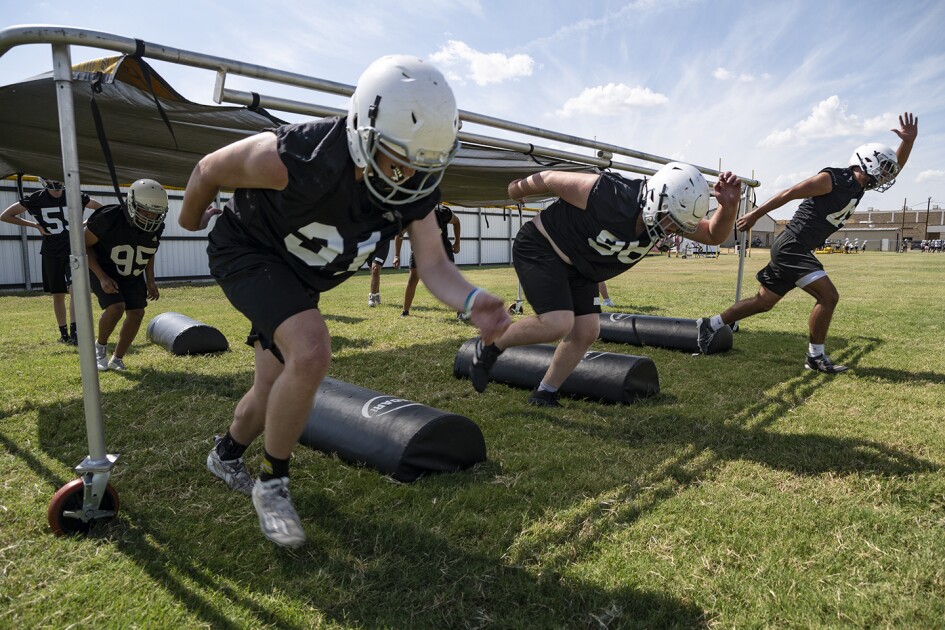As schools prepare for the expiration of a pandemic-era surge in funding to aid homeless students, advocates are concerned that those vulnerable children aren’t counted in a critical data collection that underpins federal efforts to address the housing crisis.
U.S. public schools identified 1.1 million students experiencing homelessness in the 2020-21 school year, the most recent year for which federal data are available. But most of those students slept on couches or camped out temporarily in motels. That’s a kind of housing insecurity that isn’t included in the U.S. Department of Housing and Urban Development’s tally—a key federal measure of homelessness.
The differing federal definitions matter because HUD’s count is used to measure federal progress in addressing housing insecurity, said Barbara Duffield, the executive director of SchoolHouse Connection, an organization that advocates for students experiencing homelessness. And the count is also used to drive strategies, like the Biden administration plan, released in December, to reduce homelessness by 25 percent by 2025.
“The focus and attention is on more visible homelessness,” Duffield said. “The less visible forms of homelessness get overlooked.”
Differing definitions of homelessness
HUD, the primary federal agency charged with addressing homelessness, uses a much narrower definition of “homeless” than schools do.
HUD measures homelessness through an annual point-in-time count, in which volunteers survey housing shelters and record the number of people they see sleeping on the streets or in public spaces on a given day. That sample is used to create a national estimate. The agency’s most recent count, released in December, estimated 582,462 people were experiencing homelessness on a single night in January 2022.
Schools, on the other hand, provide services to youth identified through federal McKinney-Vento Education for Homeless Children and Youth Program. That program counts students as homeless if they lack a “fixed, regular, and adequate nighttime residence.” That covers students who “double up” at friends’ houses, those who jump from motel to motel with their parents, and those who alternate between such arrangements and living on streets or in shelters.
Seventy-six percent of the 1.1 million students in the most recent federal data were “doubled up” with other families.
And, even with that broader definition, homeless student liaisons insist schools are undercounting homeless students. For example, numbers went down during the first year of the pandemic, likely because students lost connections to their schools and educators could not as easily determine if they qualified, Duffield said.
The American Rescue Plan provided a surge of $800 million in emergency relief funding to help schools bolster efforts to identify and support students experiencing homelessness during the COVID-19 pandemic.
Students who meet the broader McKinney-Vento definition may receive services at school. But state, social service, and community organizations may be less precise in coordinating other, non-educational supports because those children aren’t counted in the data those groups use to drive decisions.
‘Invisible homelessness’
Children and their families often quickly cycle out of shelters or avoid them altogether, advocates said, which makes them less likely to be included in a single-day count.
Shelters may be too full, may not allow both parents to remain with their families, or may not accept unaccompanied youth, making them a less attractive option to homeless students, advocates said.
Fearing intervention from authorities or child welfare agencies if they stay in shelters, families with young children are often part of the “hidden” homeless in shared living situations, the SchoolHouse Connection said in a February issue brief.
That’s why advocates like Duffield urge lawmakers and policy wonks to push for more expansive federal definitions of homelessness and to rely on multiple data collections to gauge success.
“Many of those homeless adults on the streets were homeless [in temporary housing] as kids,” Duffield said. “We are not moving upstream the way we need to.”








